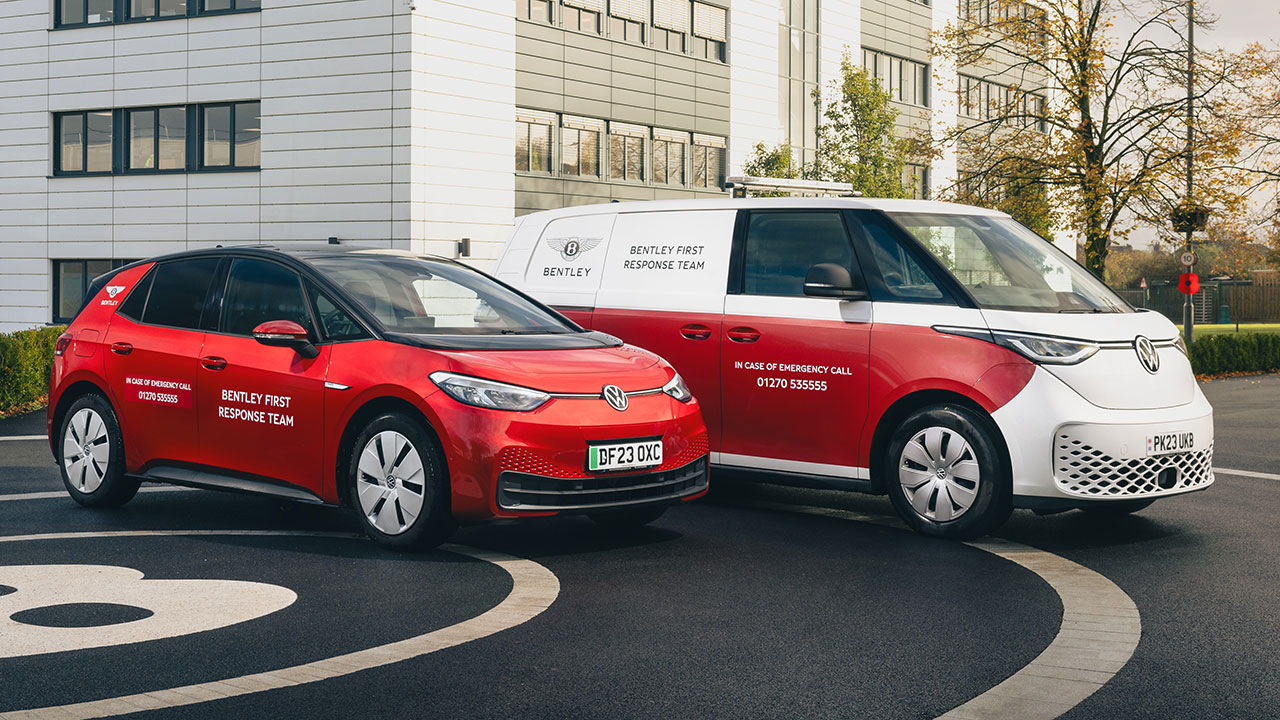The VW ID.3 will be used for medical emergencies, off-site events and day-to-day field operations, while the ID. Cargo Buzz will be used to transport confined space, height and environmental emergency equipment. Both EVs can be charged at 107 onsite charging stations powered by more than 36,000 onsite solar panels.
The ID. Buzz's lower body has been painted red to match the ID.3 to keep their appearance consistent. The Bentley wings and site emergency number were also added to the vehicles, as well as sirens and a light bar.
The move to electric first response vehicles supports Bentley's commitment to meeting its environmental targets in line with the brand's Beyond100 strategy, while the new vehicles are also quieter, minimizing noise pollution for neighbors. Technically, they are also better able to operate within Bentley's 10 mph speed limit, as they do not place the same strain on the transmissions and diesel particulate filters of their predecessors.
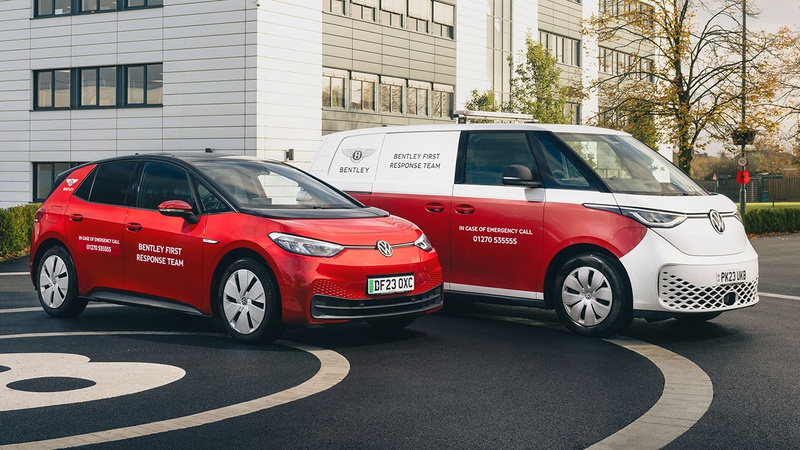
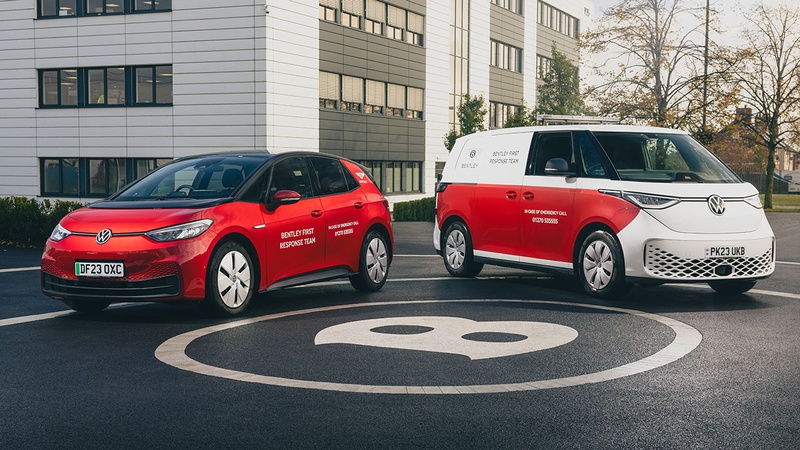
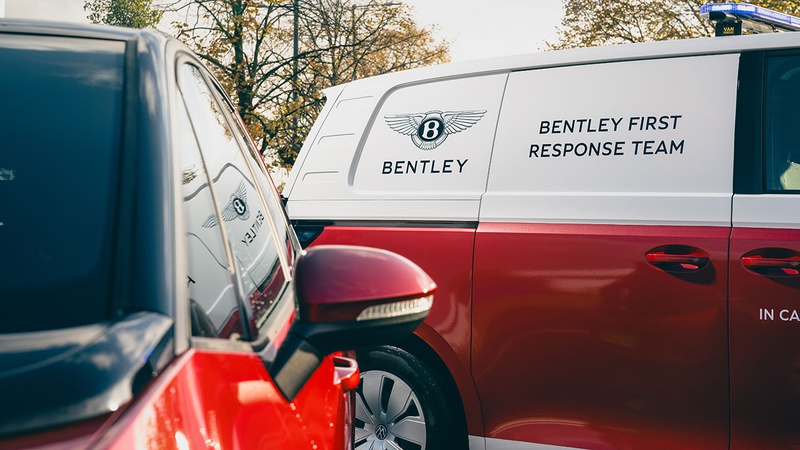
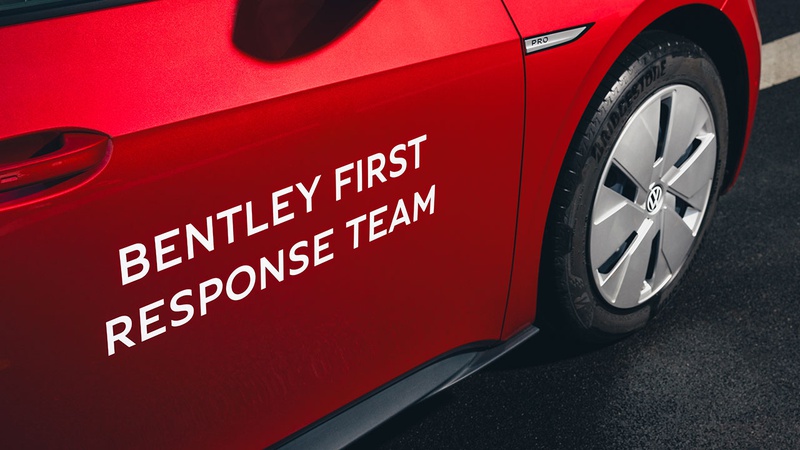
Two fully electric Volkswagen ID3 and ID Buzz Cargo models join the Bentley First Response Team fleet
The arrival of the two new electric First Response Vehicles follows the lead of the company's logistics operation, which uses only battery electric vehicles, and is in line with Bentley's Beyond100 strategy to become fully carbon neutral by 2030. In fact, the switch to these two new models will reduce the amount of fuel used from 1261 liters per year to 0 liters.
The Crewe plant currently uses 100 percent renewable energy. Other green innovations include a water recycling system in the paint shop, local tree planting and the installation of more than 36,000 solar panels on site. The company aims to make Crewe a 'climate positive factory' by 2030, actively reducing the amount of carbon in the atmosphere.
Source: Bentley
